2) Tools for
Target Market Analysis
Information about the industry
Expanding into international markets requires careful planning, and target market analysis is a crucial step for exporters to identify the best opportunities while minimizing risks. By analyzing trade statistics, import duties, and market trends, businesses can determine which countries have strong demand for their products. This research helps exporters focus on markets with high potential, stable economic conditions, and favorable trade regulations, ensuring a smoother entry and long-term success.
Understanding the competitive landscape and regulatory environment is equally important. Each country has its own import tariffs, compliance requirements, and consumer preferences, all of which can impact profitability. A thorough analysis allows businesses to develop competitive pricing strategies, adapt their marketing approach, and navigate potential trade barriers effectively. By leveraging data-driven insights, exporters can make informed decisions and optimize their global expansion strategy.
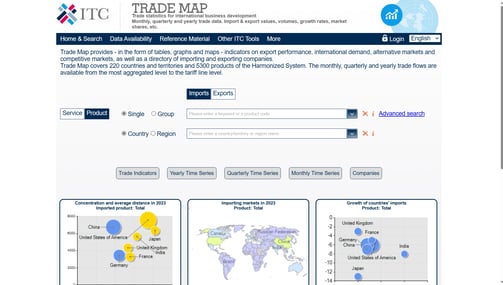

1. TradeMap (ITC)
Free
TradeMap is a powerful trade statistics platform that provides import and export data for over 220 countries and territories.
It helps businesses analyze global trade flows, identify potential markets, and assess competition using detailed trade data.
The basic version is free, while full access to advanced features requires a subscription through the International Trade Centre (ITC).
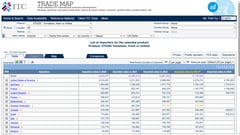
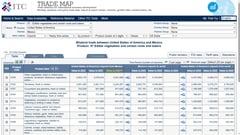
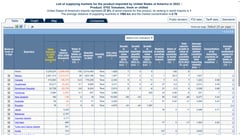
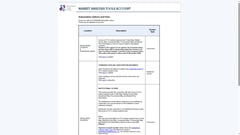




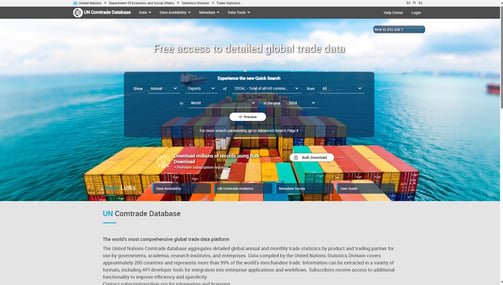

2. ComTrade (UN)
Comtrade is a global trade database by the United Nations, providing detailed import and export data from countries worldwide.
It helps exporters and international traders analyze market demand, identify potential buyers, and compare trade flows across different regions.
The platform is free to access, but advanced data extraction and API features may require registration or a subscription.
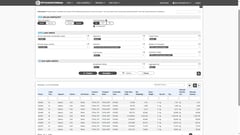
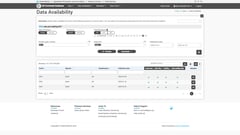
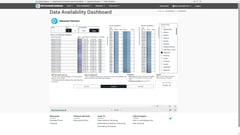
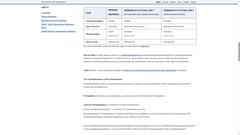




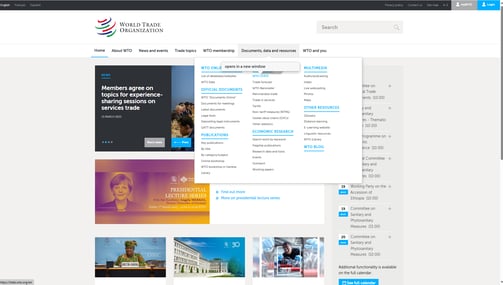

3. WTO Stats
Free
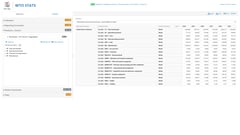
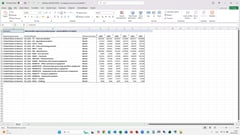
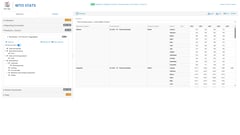
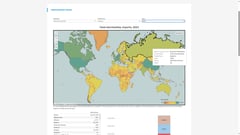




WTO Stats is the official statistical database of the World Trade Organization, offering comprehensive trade data on goods, services, and tariffs.
It helps exporters and international traders understand global trade trends, analyze market access conditions, and assess competitive landscapes.
The platform is free to use, providing open access to trade statistics without any subscription fees.
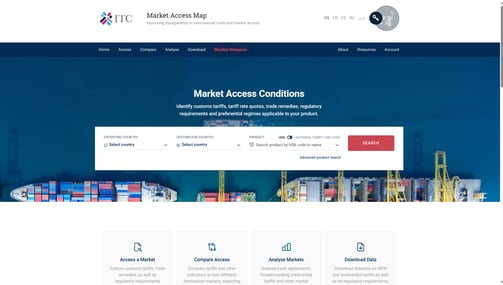

4. MacMap (ITC)
Free
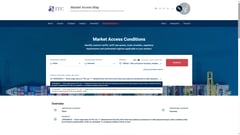
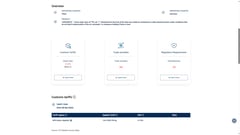
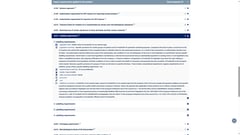
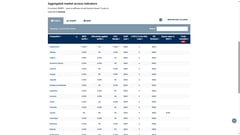




MacMap (Market Access Map) provides detailed information on tariffs, trade agreements, and non-tariff measures for exporters and international traders.
It helps businesses identify market opportunities, assess trade barriers, and make informed decisions about global expansion.
The platform is free to use, offering open access to trade data and market insights.
What is target market analysis in exporting?
Target market analysis is the process of identifying the best countries to export your products. It helps exporters understand demand, competition, and potential challenges before entering a new market.
Why is it important to analyze export markets before selling?
Without market analysis, businesses risk entering markets with low demand, high competition, or restrictive regulations. A proper analysis helps you maximize profits, avoid unnecessary costs, and choose markets with the highest potential.
What factors should I consider when selecting a target market?
Market size and demand for your product
Import regulations, tariffs, and trade barriers
Economic and political stability
Cultural and language differences
Competitor presence and pricing strategies
How can I find out which countries need my products?
You can check trade statistics, import trends, and industry reports to see where similar products are being imported. Analyzing historical data helps you identify growing markets and avoid declining ones.
How do import duties and taxes affect my export business?
High import duties can increase your product’s price, making it less competitive. Some countries offer free trade agreements that reduce or eliminate duties, so it’s important to research these before selecting a market.
What are non-tariff barriers, and why do they matter?
Non-tariff barriers are trade restrictions that go beyond customs duties. These include import quotas, licensing requirements, product certification, and strict labeling rules. They can limit market entry and increase compliance costs.
How can I understand customer demand in a foreign market?
Research local consumer behavior, preferences, and buying patterns. Studying competitors in the region and analyzing customer reviews can also give insights into what buyers expect from similar products.
How do cultural differences impact exporting?
Cultural differences can affect marketing, branding, and even product design. For example, colors, symbols, or packaging styles that are popular in one country may not be well received in another. Understanding cultural preferences helps in localizing your approach.
How do I assess the competition in a foreign market?
Identify existing competitors selling similar products
Analyze their pricing, marketing strategies, and distribution channels
Check customer reviews to understand strengths and weaknesses
Look for gaps in the market where your product can stand out
What are the risks of entering a new export market?
Exporting to a new market comes with risks like currency fluctuations, political instability, changing regulations, and unexpected costs. It’s important to evaluate these risks and develop contingency plans before expanding.
Should I enter multiple export markets at once?
It’s generally better to focus on one or two key markets first. Expanding too quickly can stretch resources and make it harder to manage logistics, compliance, and customer relationships effectively.
How can I stay updated on new export opportunities?
Follow trade news, attend international trade fairs, and network with industry professionals. Joining export-focused business groups can also provide valuable insights into emerging markets.
